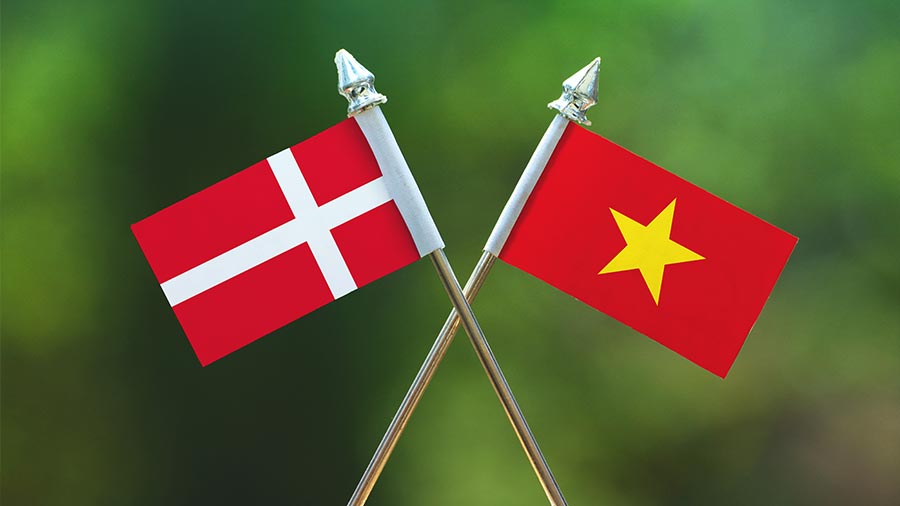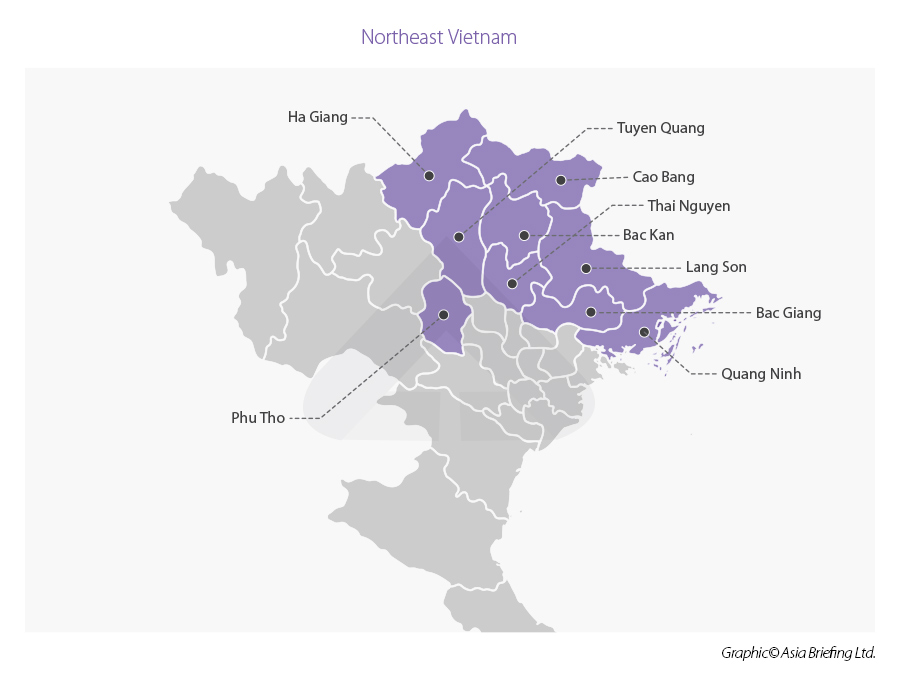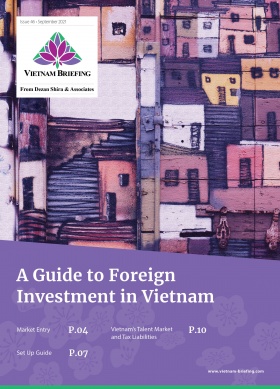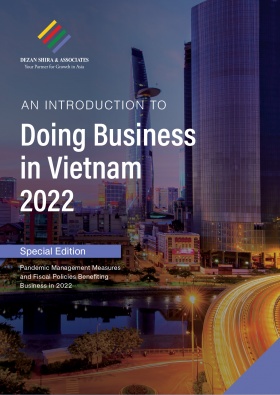Investing in Northeast Vietnam
Geographic diversity has contributed to the Northeast region’s economic success in recent years. The North is rich in mineral resources (coal, metals, building materials, industrial minerals, etc.), rivers, and lakes, while the South is close to the capital city, Hanoi, and its “corridor” to the sea.
Enterprises involved in high technology, engineering, and energy sectors have also seen rapid growth in recent years. For example, Bac Giang province is one of the major industrial hubs in Northeastern Vietnam supported by a favorable location.
Most recently, Apple contract manufacturer Foxconn stated it would invest an additional US$700 million in Bac Giang to produce Apple’s MacBook and iPad devices from its manufacturing facility. In the first two months of 2021, Bac Giang attracted over US$588 million in investment, more than four times higher than in the same period last year.
Bac Giang also ranked in the top five of the Infrastructure Index part of the Provincial Competitive Index.
Favorable location and geography
The region is bordered by China to the North and Northeast. The Northeast is mostly mountainous in the North and center, with an average altitude of 700m. Small plains are found between the mountains in the North, as well as in the flat areas towards the coast and to the South.
There are many rivers that flow through this region, including the Red River, the Lo River, the Gam River, the Green River, the Bac Giang River, and the Ky Cung River. There are also many lakes in the region.
Industries primed for investment
Even with the region’s rapid industrialization, agriculture remains an important source of livelihood for many, partially because of the area’s favorable climate and the abundance of water. Rice is the staple crop in addition to maize, potatoes, tea, lemongrass, citrus fruits, and various vegetables.
The region has a good climate for tea plantations. The province of Thai Nguyen is one of the country’s biggest tea industry centers (second only to Lam Dong).
Marine products remain an important part of the region’s economy. Aquatic fauna is very abundant in the coastal province of Quang Ninh. There are several species of fish in the Gulf of Bac Bo, as well as special species of pearl mussels, stockfish, sea turtles, and lobsters. Oysters and edible seaweed are also abundant along the coastline.
Forestry products have been estimated to take up approximately 3.5 million meters squared of wood and 500 million trees of bamboo and neohouzeaua per year. High-quality wood, in particular ironwood, teak trees, and pine trees, are also available in the region. In the mountainous areas, there are a variety of trees and plants that can be used to create spices and traditional medicines.
The region is rich in mineral resources ranging from metals to precious stones, to non-metals and building materials. There are more than 300 mines that produce a total of 45 different types of minerals in the region, all found in large quantities. Given Dong Bac’s wealth of land, the region has significant potential for large-scale industrial projects.
The region has several hydroelectric power plants and coal-fired thermal power plants. The Mong Duong Power Plant 1 and Mong Duong Power Plant 2 (two 500 MW generating units were completed in 2014 and 2015 respectively.
The region has a medium-scale tourism industry compared to the country as a whole, with visitors drawn to the area by its attractive landscape, mountains, rivers, and lakes. Sapa and Lao Cai are popular destinations, with Sapa being one of Vietnam’s 21 national tourist areas thanks to its terraced rice fields attracting an increasing number of visitors.
Ha Long Bay, noted as a World Heritage Site by UNESCO is another major tourist site in Vietnam. Other natural parks, such as the Ba Be Lake Natural Park and Tam Dao National Park, have been expanded in recent years.
Further, a 245km expressway connecting key business hubs of Hanoi and Lao Cai was completed in 2014, reducing travel time by 50 percent to around three and a half hours.
The Cai Lan Port, close to the city of Ha Long in the coastal Quang Ninh province, is a deep-water marine port with proximity to navigable channels in the South China Sea. It is an integral part for marine transportation in the region.
Another significant port is Cam Pha in Quang Ninh, which is used for the export of coal from the region.
For connectivity, the Cat Bi International Airport in Hai Phong is reasonably close, and an airport in Lao Cai/Sapa is proposed to be built within the next five years.
The transport of passenger and commercial cargo by rail is common, as Vietnam’s rail system has been upgraded in recent years. The Hai Phong railway to the Yunnan Province in China is of strategic importance for commerce.
About Us
Vietnam Briefing is produced by Dezan Shira & Associates. The firm assists foreign investors throughout Asia from offices across the world, including in Hanoi, Ho Chi Minh City, and Da Nang. Readers may write to vietnam@dezshira.com for more support on doing business in Vietnam.
We also maintain offices or have alliance partners assisting foreign investors in Indonesia, India, Singapore, The Philippines, Malaysia, Thailand, Italy, Germany, and the United States, in addition to practices in Bangladesh and Russia.
- Previous Article Scotland Eager to Support Offshore Wind Power Projects in Vietnam
- Next Article Vietnam Amends Rules on Labeling Goods: Decree 111































